Monitor lizards, with their prehistoric appearance and intelligent demeanor, have become increasingly popular exotic pets among reptile enthusiasts. These fascinating relatives of the Komodo dragon range from the manageable Ackie’s monitor to the impressive water monitor, creating a spectrum of ownership experiences. However, bringing one of these remarkable reptiles into your home represents a significant commitment that extends far beyond the initial purchase. Before making this decision, potential owners should carefully weigh the considerable benefits against the substantial challenges. This comprehensive guide explores the multifaceted reality of monitor lizard ownership, helping you determine if these magnificent but demanding reptiles might be right for your lifestyle.
Understanding Monitor Lizards
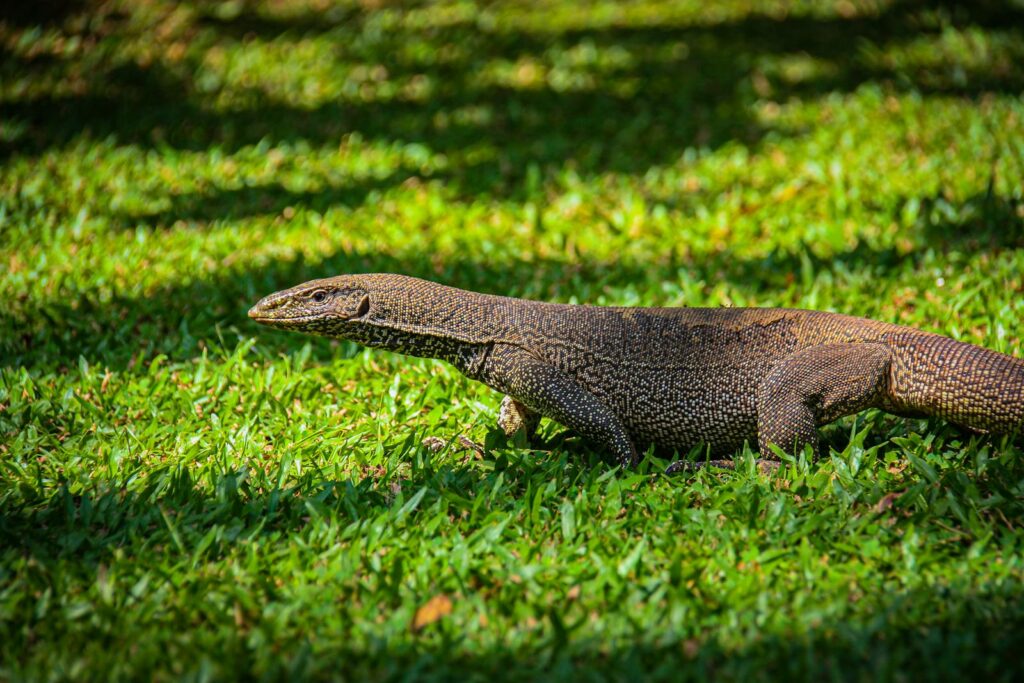
Monitor lizards belong to the Varanidae family, comprising approximately 80 species distributed across Africa, Asia, and Oceania. These intelligent reptiles possess remarkable cognitive abilities, with studies suggesting problem-solving skills comparable to those of some mammals. Their size varies dramatically depending on species, from the relatively manageable 24-inch Ackie’s monitor to the imposing water monitor that can exceed 6 feet in length. Most monitors share certain characteristics: muscular bodies, powerful limbs, long necks, and distinctive forked tongues they use to “taste” their environment. Understanding their natural history and biological needs forms the foundation for responsible ownership of these complex reptiles.
Legal Considerations Before Purchase

The legality of monitor lizard ownership varies significantly across jurisdictions, making thorough research essential before acquisition. Many states and countries have implemented specific regulations regarding exotic reptile ownership, with some species being completely prohibited or requiring special permits. For instance, the Komodo dragon is universally protected and unavailable in the pet trade, while other large species face increasing restrictions.
Potential owners must contact local wildlife authorities, review municipal codes, and understand homeowners association rules that might affect their ability to legally keep these animals. Failure to comply with exotic animal regulations can result in substantial fines, confiscation of the animal, and in some cases, criminal charges.
Initial and Ongoing Costs

The financial commitment of monitor lizard ownership extends far beyond the purchase price of the animal itself. Initial costs include acquiring the lizard ($200-$2,000+ depending on species and rarity), constructing a proper enclosure ($500-$3,000), and purchasing essential equipment like lighting, heating elements, and humidity controllers.
Ongoing expenses prove equally significant, including monthly electricity costs that can exceed $100 for large enclosures, regular veterinary care from exotic animal specialists, and a substantial food budget for these carnivorous reptiles with hearty appetites. Many prospective owners underestimate these cumulative costs, which can easily surpass several thousand dollars annually for larger species, making financial planning a crucial component of responsible ownership.
Space Requirements and Enclosure Design
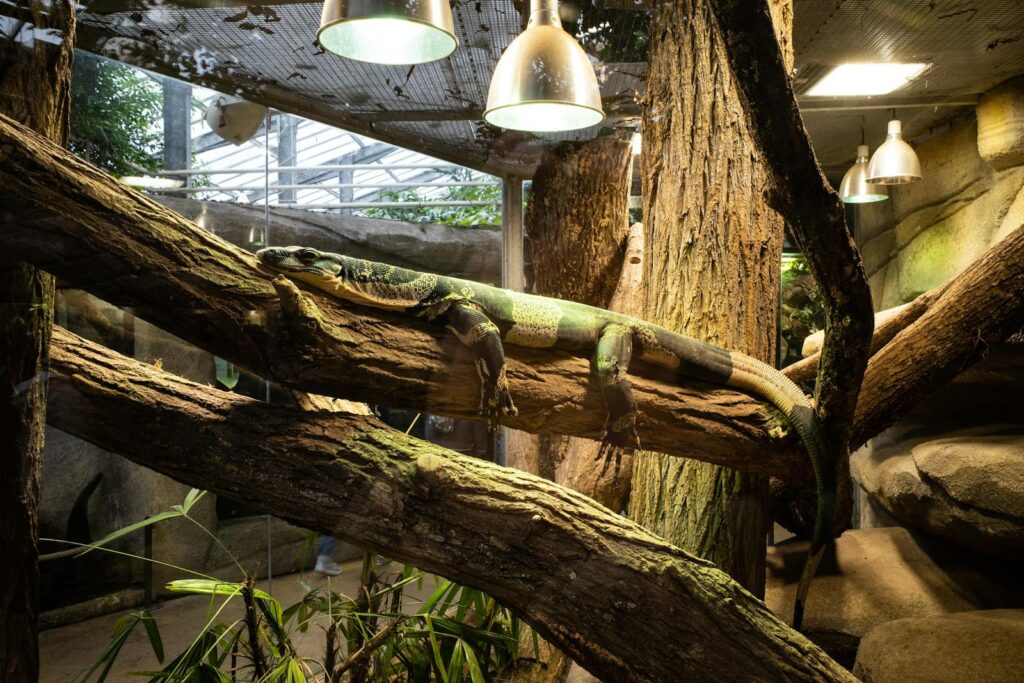
Monitor lizards require expansive, secure enclosures that accommodate their size, activity level, and natural behaviors. Even smaller species need significantly more space than most reptiles, with minimum recommendations starting at 6’x3’x3′ for modest-sized monitors. Larger species like Asian water monitors may ultimately require custom-built enclosures the size of a small room. These habitats must include diverse features such as climbing structures, basking areas with appropriate temperature gradients (often exceeding 100°F at the hot spot), deep substrate for digging, and secure water features. The enclosure must also be escape-proof, as monitors are notorious for their strength and problem-solving abilities when motivated to explore. Creating and maintaining this specialized environment represents one of the most challenging aspects of monitor ownership.
Diet and Feeding Considerations
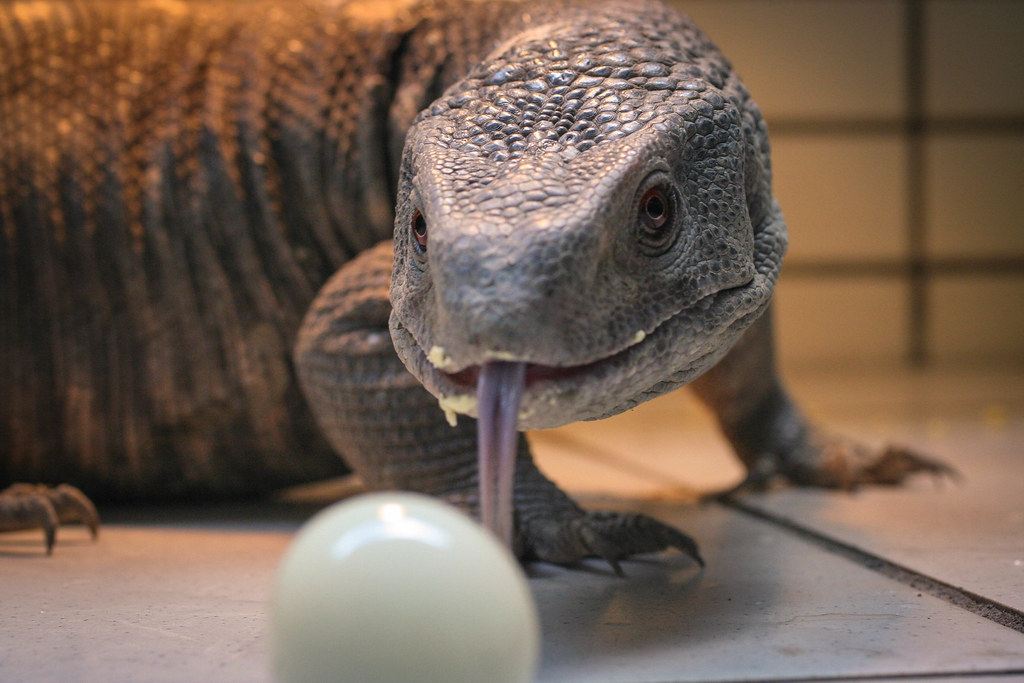
Monitor lizards are carnivorous predators with specialized dietary needs that vary by species but generally include a diverse array of protein sources. Their diet typically consists of whole prey items such as rodents, eggs, insects, fish, and occasionally small birds, depending on the species and size. Proper nutrition requires variety and supplementation with calcium and vitamins to prevent metabolic bone disease and other nutritional deficiencies.
Feeding schedules vary with age, with juveniles requiring daily meals while adults might eat two to three times weekly. Some owners find the preparation and presentation of whole prey items psychologically challenging, particularly when transitioning from pre-killed frozen items to whole rabbits or similar large food sources for adult monitors of larger species.
Handling and Socialization Challenges
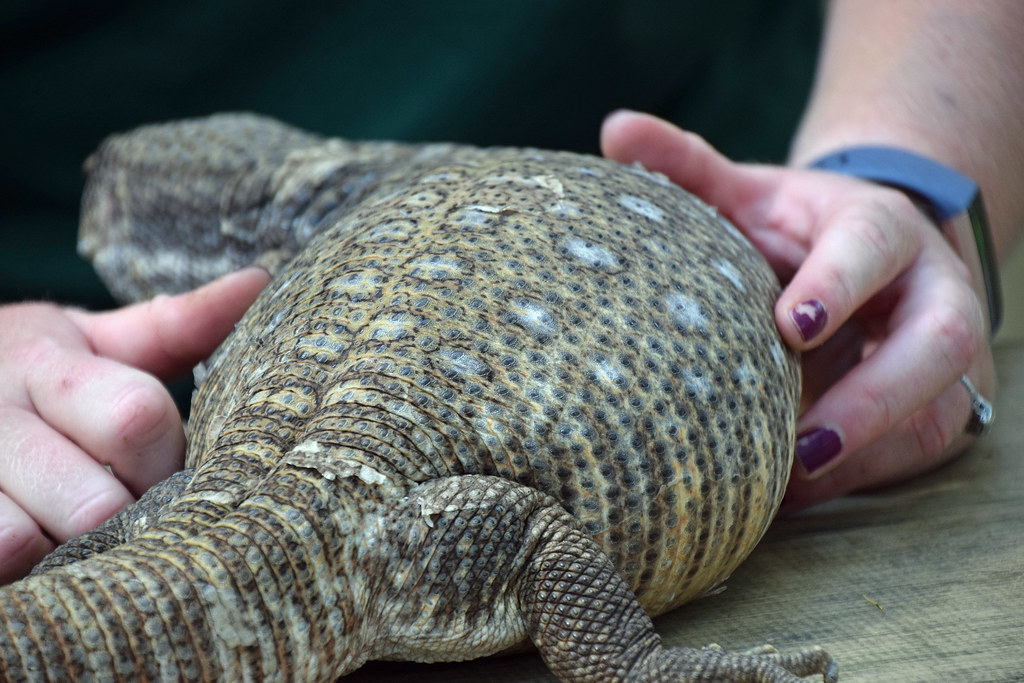
Despite their intelligence, monitor lizards are not naturally inclined toward human interaction and require consistent, appropriate handling from a young age to develop tolerance. Even well-socialized individuals retain their wild instincts and may display defensive behaviors when startled or uncomfortable. Their powerful tails, sharp claws, and serrated teeth can cause significant injuries if they feel threatened. Successful handling requires species-specific knowledge, patience, and consistent positive reinforcement techniques.
Some species, like the savannah monitor and black-throated monitor, generally develop more tolerance for handling than others, but individual temperament varies considerably. Responsible owners must recognize that these animals will never display affection like mammalian pets and should be appreciated primarily for observation rather than physical interaction.
Health Concerns and Veterinary Care
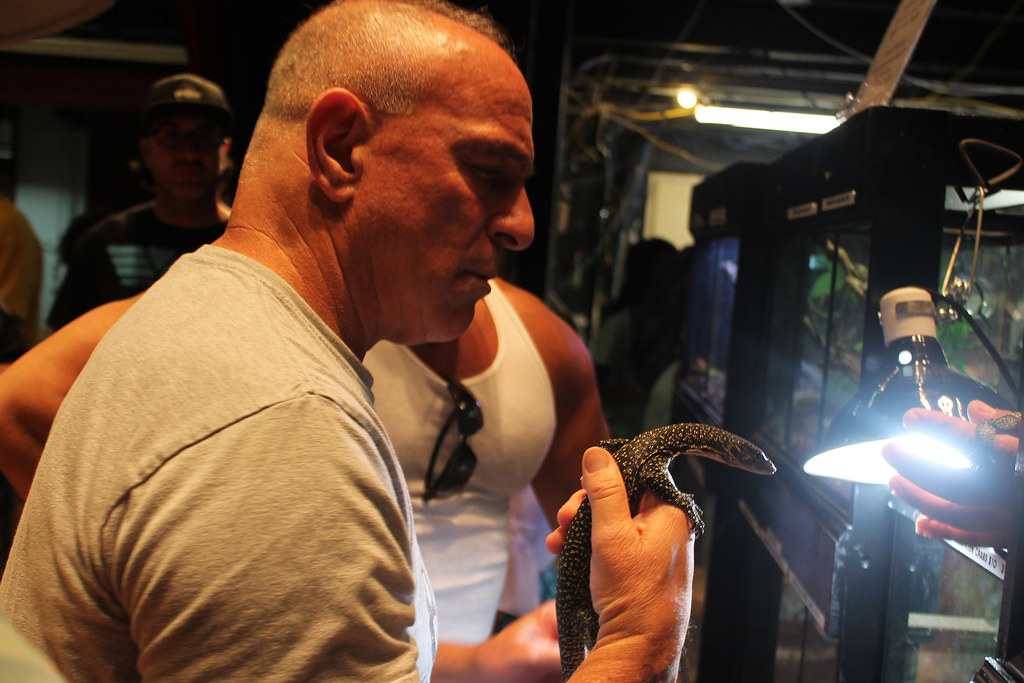
Monitor lizards require specialized veterinary care from practitioners experienced with large reptiles, which can be difficult to find in many areas. Common health issues include parasitic infections, respiratory problems, metabolic bone disease from improper husbandry, and obesity from overfeeding. Regular health screenings should include fecal examinations, blood work, and physical assessments to detect problems before they become severe.
Many health conditions stem directly from husbandry errors, particularly improper temperature gradients or humidity levels. Veterinary emergencies involving monitors can be exceptionally costly, with specialized treatments often running into thousands of dollars. Potential owners should identify qualified exotic veterinarians in their area before acquiring a monitor and establish a financial contingency for medical emergencies.
Lifespan and Long-term Commitment

Monitor lizards represent a remarkably long-term commitment, with most species living 15-20 years in captivity when properly cared for. Some larger species can survive 30+ years, potentially outliving other family pets and requiring provisions in estate planning. This extended lifespan means owners must consider future life changes such as relocations, relationship changes, or financial circumstances that might affect their ability to provide appropriate care.
The decades-long commitment also affects vacation planning, as finding qualified caretakers for these specialized reptiles presents significant challenges. Prospective owners should honestly assess whether they can maintain the necessary environmental conditions, dietary requirements, and housing space for the animal’s entire natural lifespan.
Behavioral Enrichment Requirements
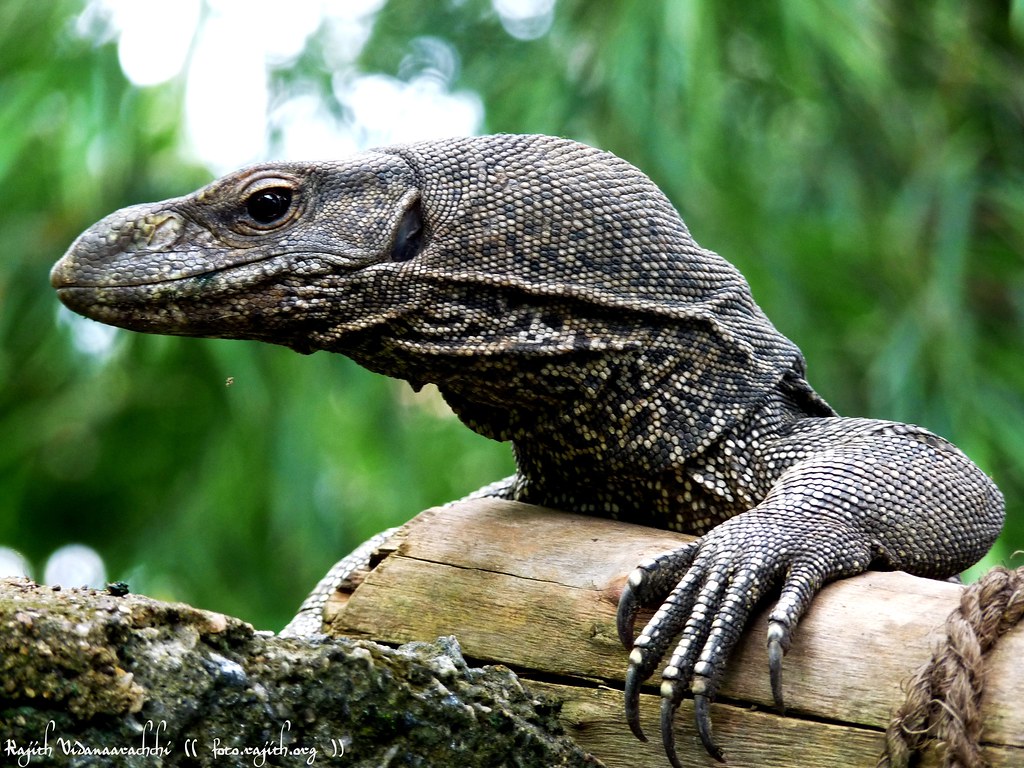
Monitor lizards possess cognitive abilities that exceed most reptiles, necessitating environmental enrichment to prevent boredom and associated behavioral problems. Their natural curiosity and problem-solving capabilities require regular stimulation through habitat modifications, novel objects, foraging opportunities, and appropriate interaction. Enrichment strategies might include rotating climbing structures, creating puzzle feeders that require manipulation to access food, or introducing novel scents and textures to explore.
Without adequate mental stimulation, monitors may develop stereotypical behaviors like excessive digging, glass surfing, or aggression. This need for continuous environmental complexity represents another demanding aspect of monitor ownership that distinguishes these animals from more sedentary reptile species.
Safety Considerations for Household Members
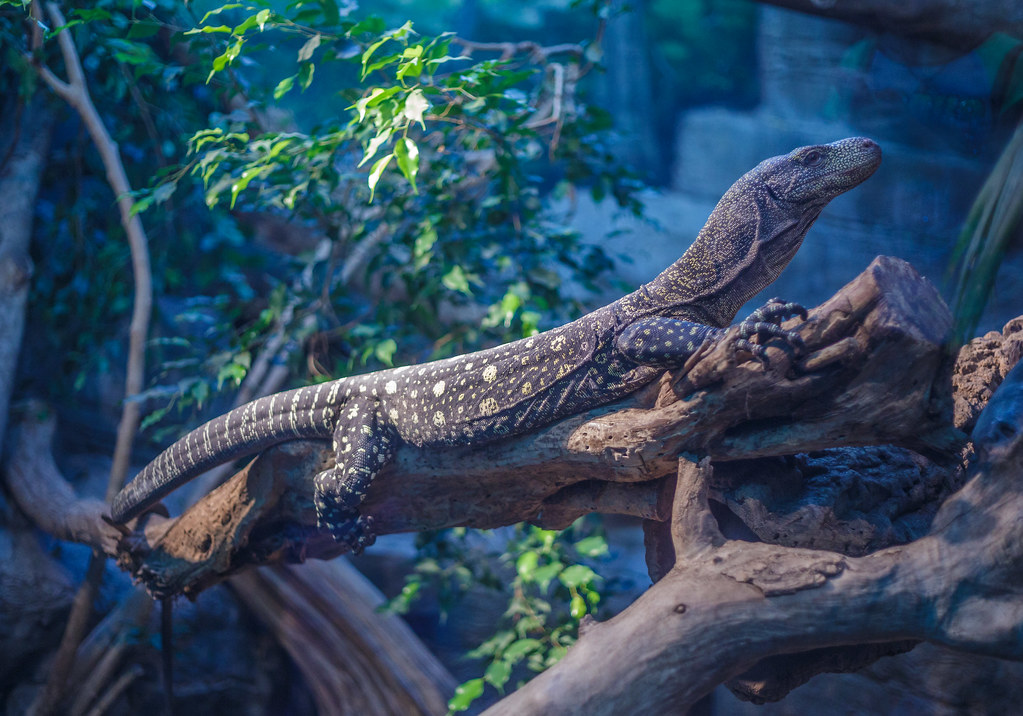
The presence of a monitor lizard introduces unique safety considerations for households, particularly those with children, elderly individuals, or other pets. Even medium-sized monitors possess sufficient strength to cause serious injuries through bites, tail whips, or scratches if they feel threatened. Their claws are particularly sharp and can cause deep lacerations during routine handling or enclosure maintenance. Additionally, monitor lizards can carry zoonotic diseases such as Salmonella, requiring strict hygiene protocols after handling the animal or maintaining its habitat. Households must establish clear safety guidelines, including supervision requirements, handling protocols, and emergency procedures in case of escape or injury. These safety concerns often necessitate dedicating a separate, secure room for larger specimens.
Environmental Impact and Ethical Considerations
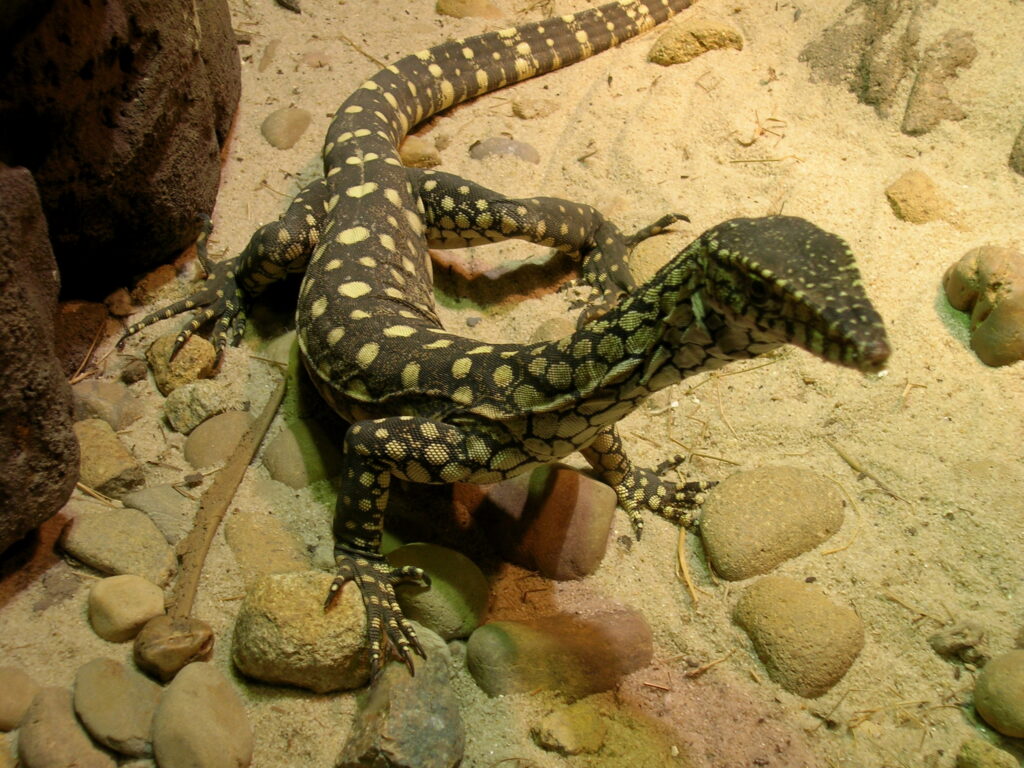
Responsible ownership includes understanding the broader implications of participating in the exotic reptile trade. While many monitor species are captive-bred, the industry still impacts wild populations through collection for breeding stock and habitat destruction. Ethical considerations include researching the source of your animal, ensuring it was legally and sustainably obtained, and understanding the conservation status of your chosen species.
Additionally, the risk of introducing invasive species through accidental or intentional releases presents a serious environmental concern, with established invasive monitor populations already causing ecological damage in Florida and other regions. Ethical owners must commit to responsible containment throughout the animal’s life and have contingency plans for rehoming if necessary that don’t involve release into the wild.
Suitable Species for Beginners
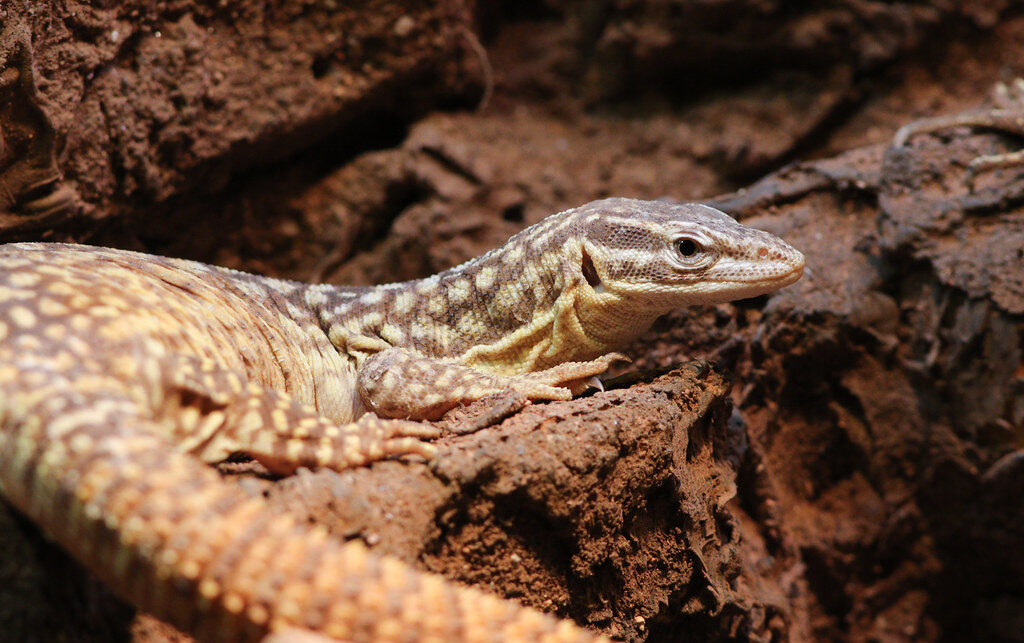
For those determined to own a monitor despite the challenges, certain species prove more manageable for first-time owners. The Ackie’s monitor (Varanus acanthurus) stands out as perhaps the best entry-level option, reaching only 24-30 inches in length while displaying the characteristic intelligence and activity level of the genus. Other relatively manageable species include the timor monitor (Varanus timorensis) and the spiny-tailed monitor (Varanus primordius), both staying under three feet in length. These smaller species require less elaborate housing, consume more readily available food items, and generally develop more tolerance for handling than their larger relatives. First-time monitor owners should absolutely avoid water monitors, Nile monitors, and crocodile monitors, which grow extremely large and often develop challenging temperaments that require expert handling skills.
Rehoming Challenges and Responsibilities
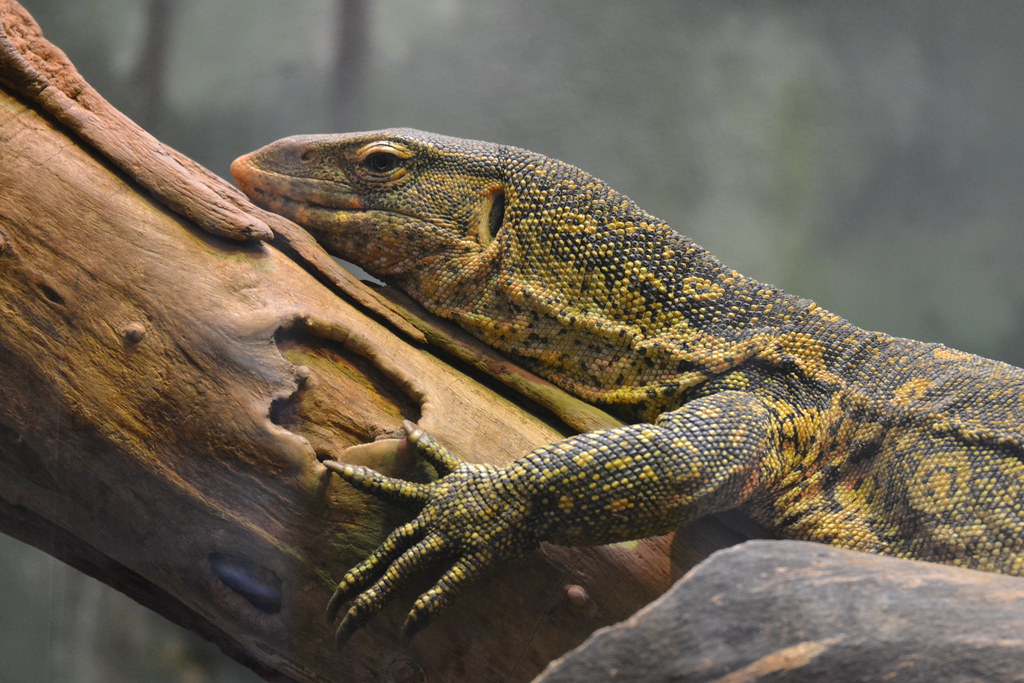
The specialized needs of monitor lizards create significant rehoming challenges when owners can no longer provide appropriate care. Unlike dogs or cats, few rescue organizations exist for large reptiles, and those that do operate at capacity with long waiting lists. Zoos rarely accept privately owned specimens due to unknown genetic backgrounds and limited exhibition space. Selling adult monitors proves difficult as most potential owners prefer juveniles they can socialize themselves.
Responsible ownership includes developing contingency plans for the animal’s care if personal circumstances change, potentially including connections with reptile clubs, exotic veterinarians, or specialized rescues. The difficulty in finding appropriate new homes underscores the seriousness of the initial acquisition decision and the importance of making a lifetime commitment whenever possible.
Monitor lizards represent a fascinating but exceptionally demanding segment of the exotic pet trade. Their intelligence, impressive physical capabilities, and prehistoric appearance make them captivating subjects for observation and study. However, their specialized care requirements, potential size, lengthy lifespan, and challenging temperaments make them suitable only for the most dedicated, knowledgeable, and well-resourced reptile enthusiasts. Potential owners should approach the decision with careful research, honest self-assessment, and a clear understanding of both the rewards and responsibilities involved. For those with the necessary commitment, resources, and expertise, monitor lizards can provide decades of fascinating companionship and a unique window into reptilian behavior and cognition. For most casual reptile enthusiasts, however, the significant challenges likely outweigh the benefits, making other reptile species more appropriate choices.

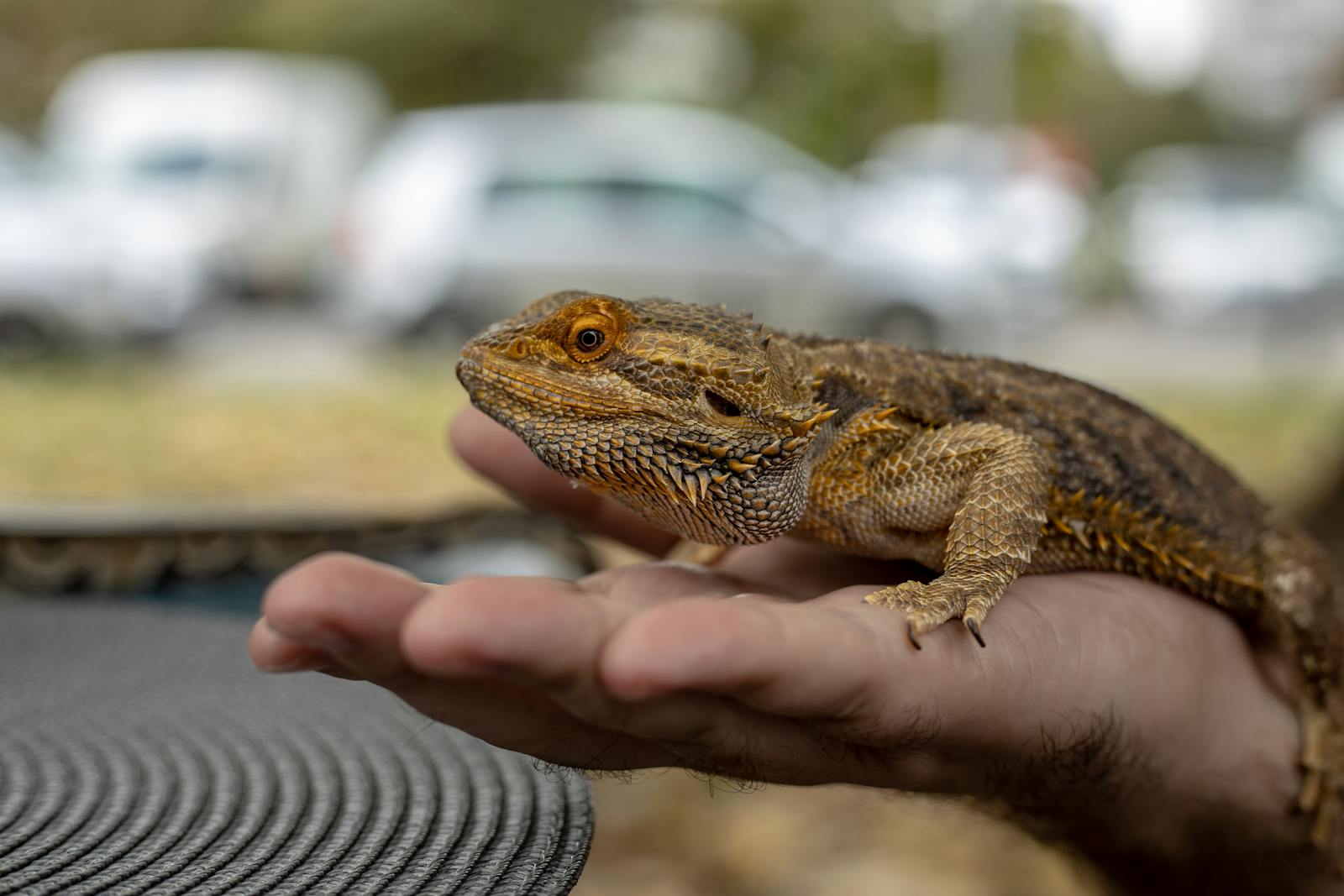

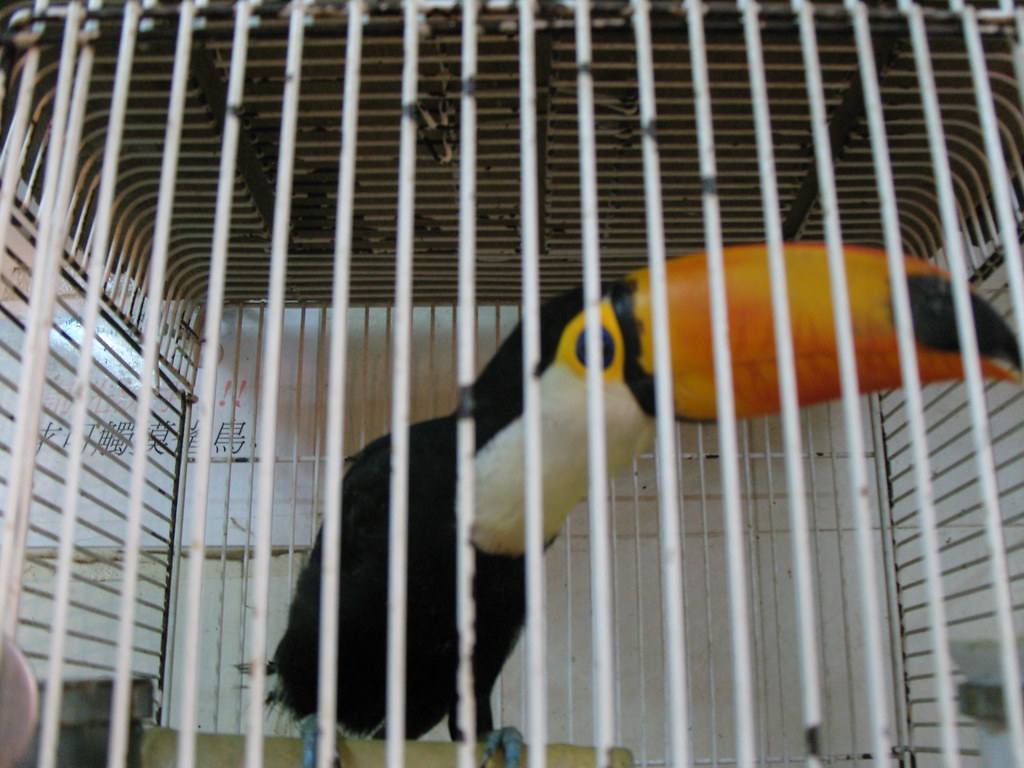
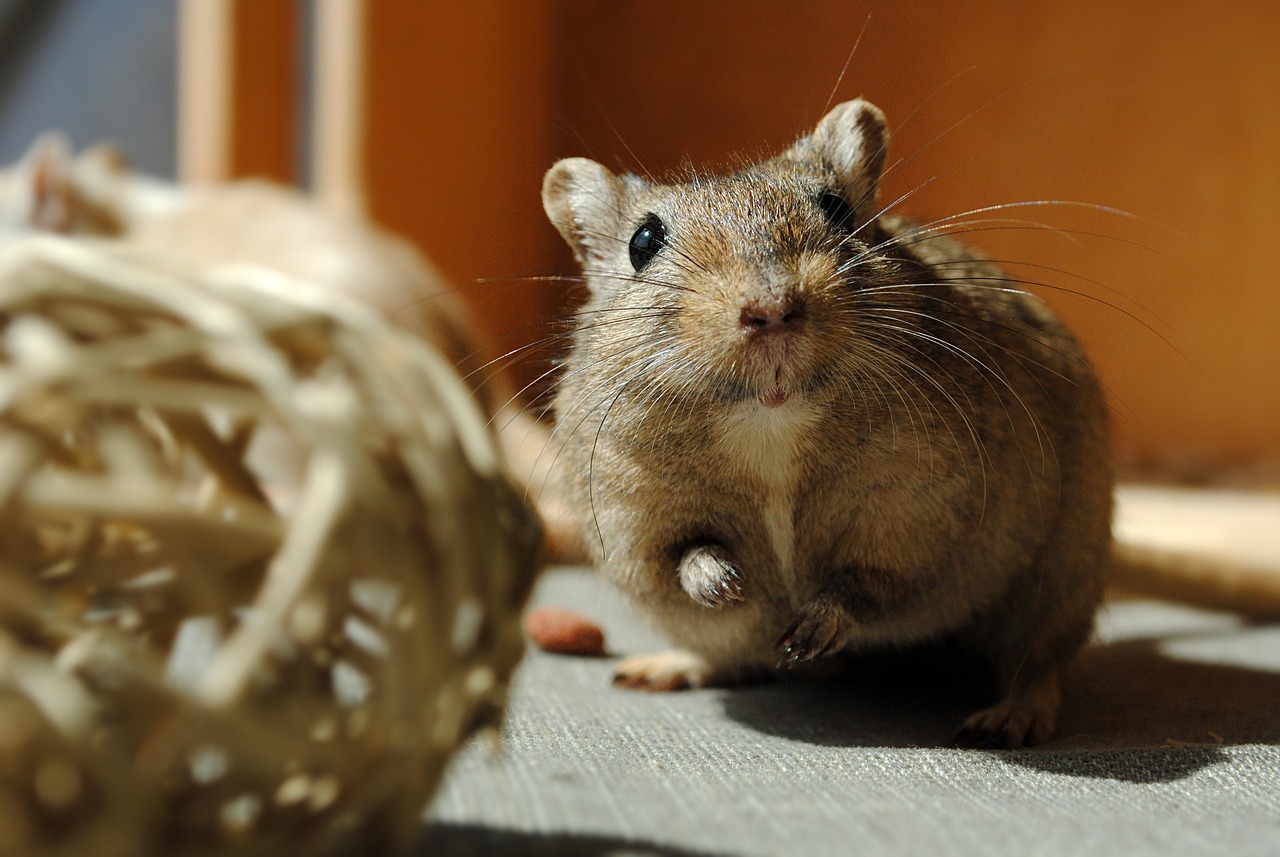
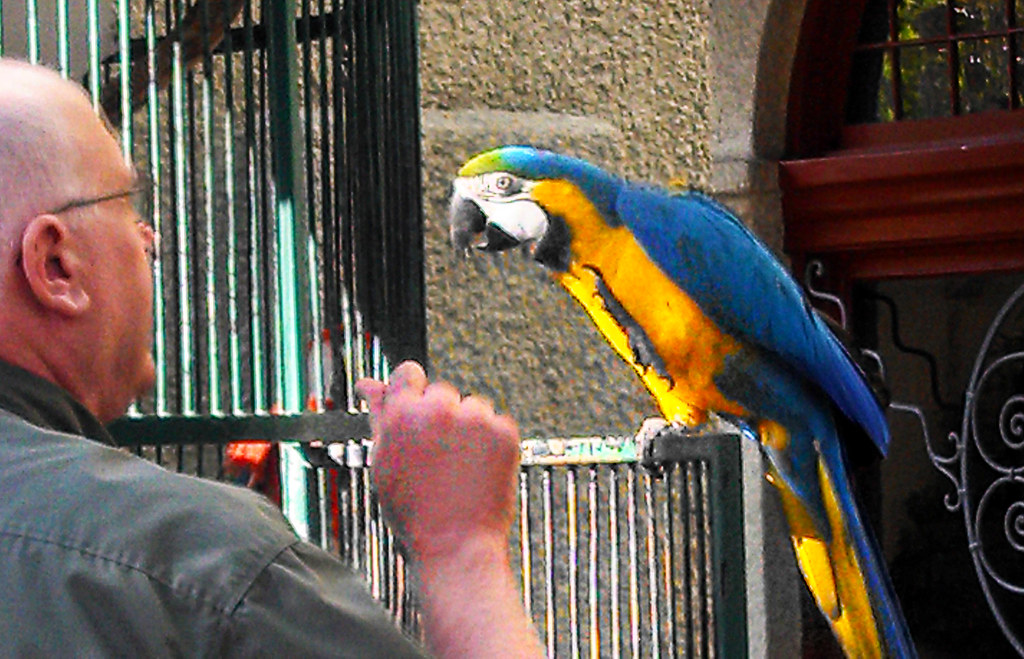
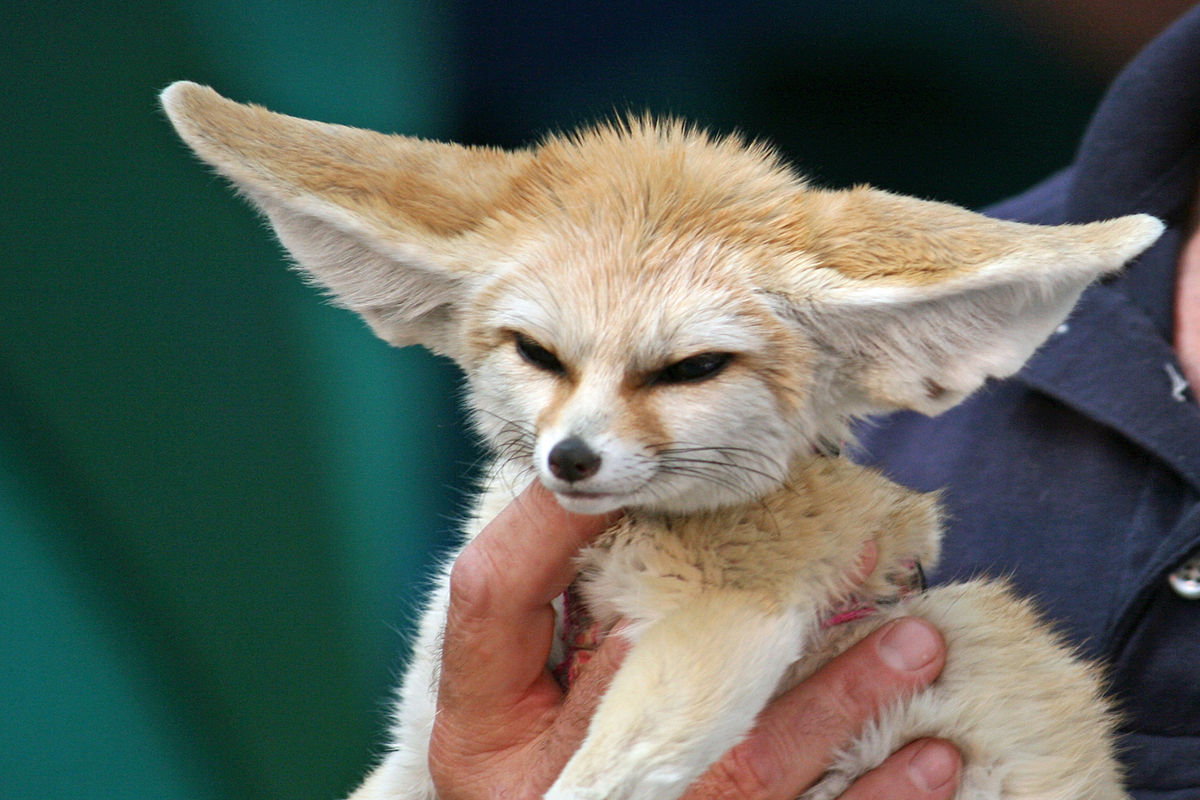
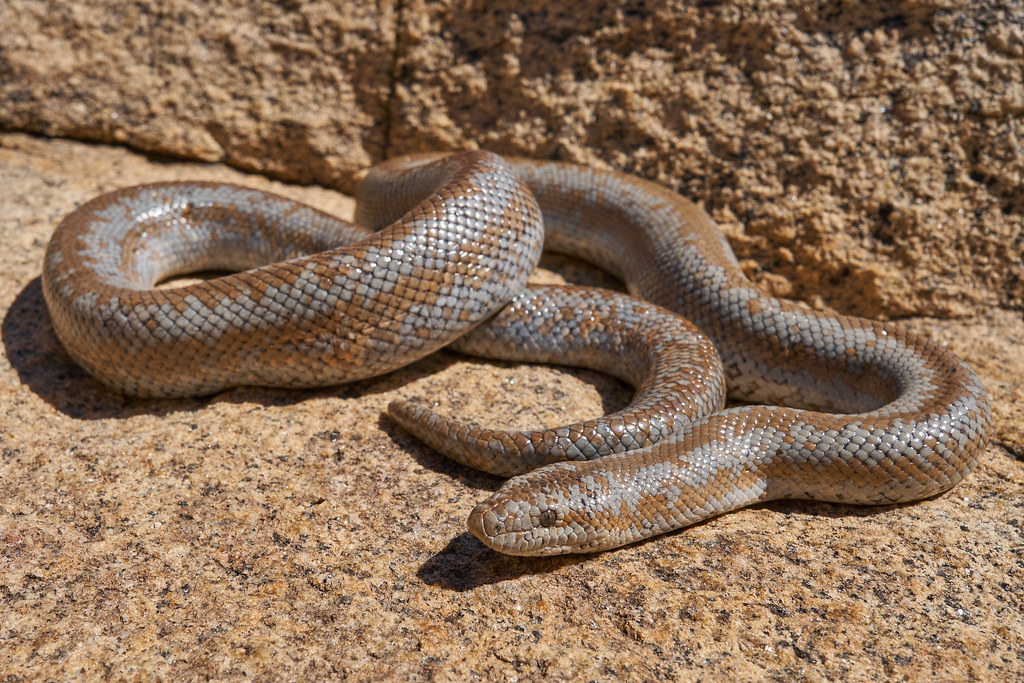
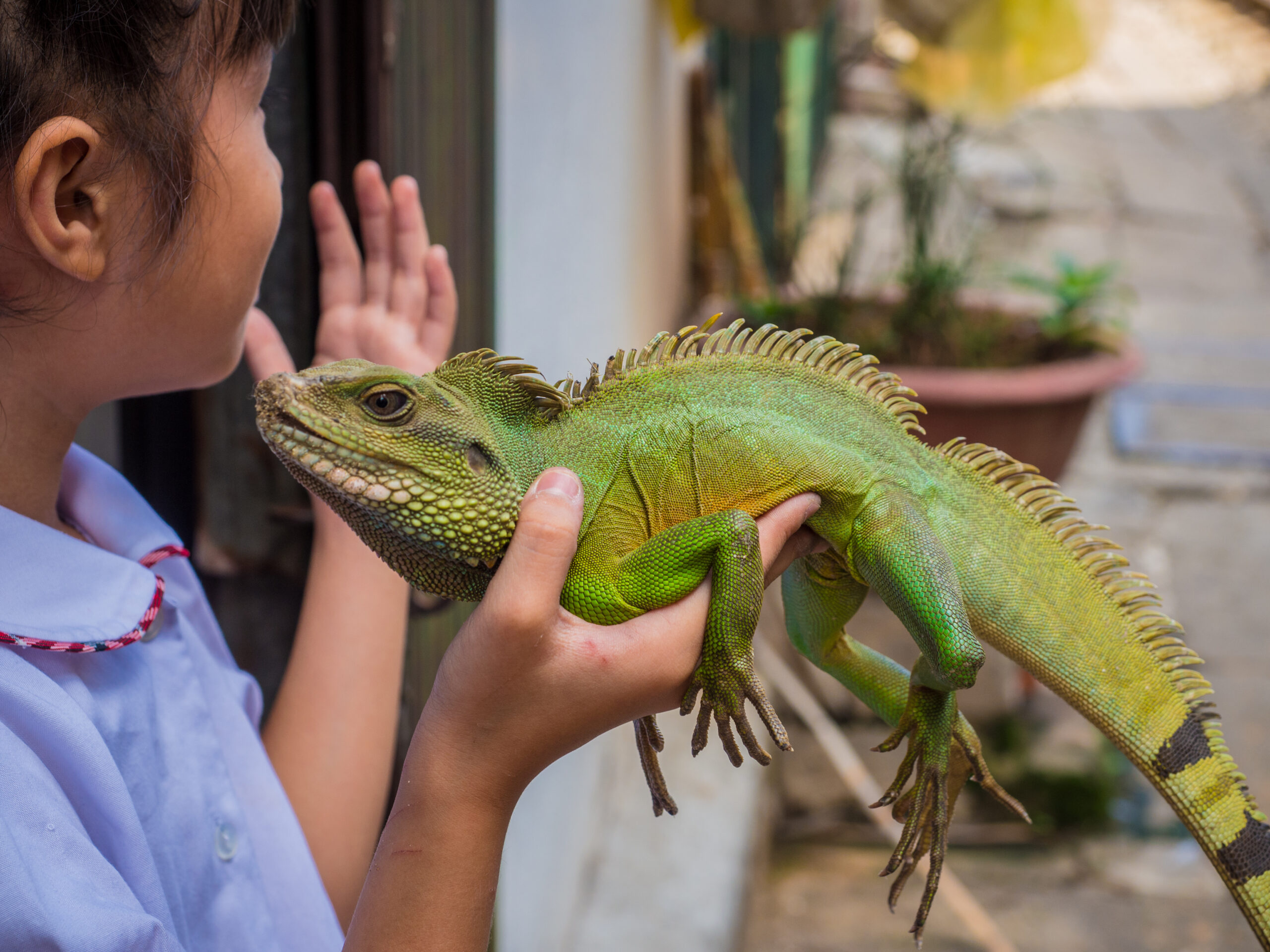

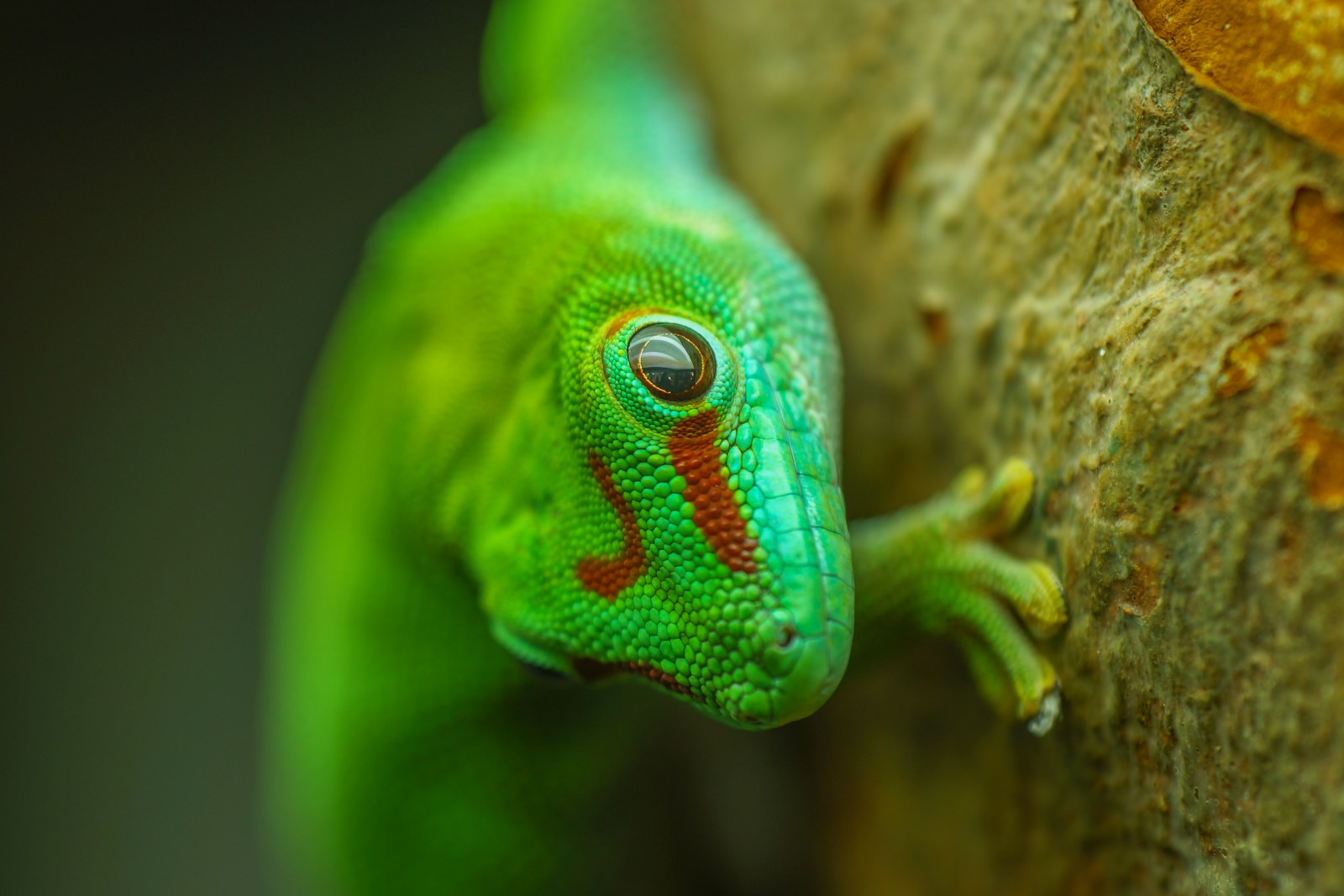




Leave a Reply